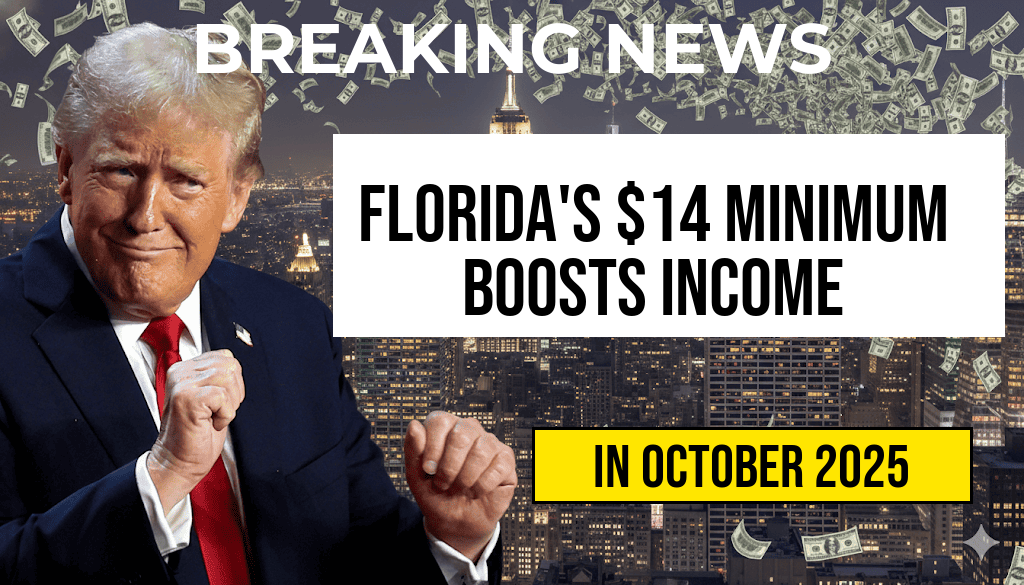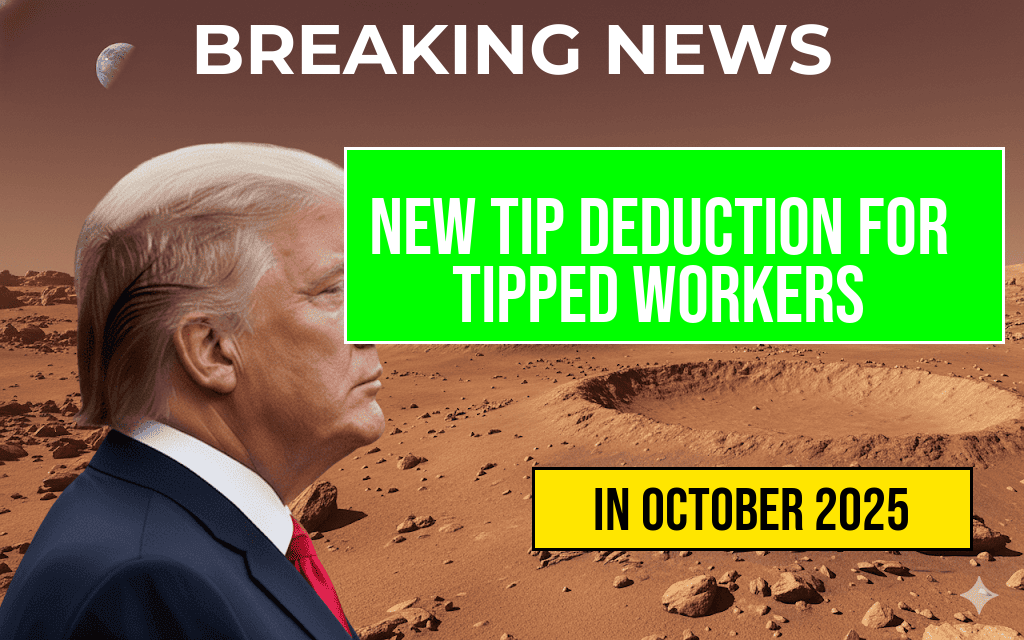The federal government’s decision to increase the minimum wage to $15 an hour is poised to impact millions of workers across the United States. According to recent estimates, approximately 32 million American workers could see an average annual earnings boost of around $3,300 as a result of this policy change. The wage hike, which takes effect over the coming months in various states and municipalities, aims to address longstanding concerns over income inequality, cost of living increases, and economic disparities. While advocates emphasize the potential for improved financial stability among low-wage earners, critics warn of potential repercussions for employment levels and small business sustainability. This article examines the expected economic impact, regional variations, and broader implications of the federal minimum wage increase.
Details of the Wage Increase and Affected Population
The new federal minimum wage of $15 per hour represents a significant elevation from the previous federal floor of $7.25, which has remained unchanged since 2009. Although some states and cities had already set higher minimum wages, the federal increase establishes a uniform baseline for all federally covered workers. According to the Department of Labor, the change will directly benefit an estimated 32 million workers who earn wages near or below this threshold, lifting many out of poverty and reducing wage disparities.
Estimated Earnings Impact
| Number of Workers | Average Weekly Increase | Annual Increase per Worker |
|---|---|---|
| 32 million | $63 | $3,300 |
This table highlights the broad scope of the wage hike’s potential benefits, with the average worker expected to see a boost of approximately $3,300 annually. The precise impact may vary depending on hours worked, regional economic conditions, and existing wage levels.
Regional Variations and Implementation Timeline
While the federal minimum wage increase sets a national benchmark, the actual implementation timeline varies across jurisdictions. States like California and New York had already adopted higher minimum wages, meaning the federal increase primarily affects workers in states with lower thresholds or those covered under federal jurisdiction, such as the hospitality and federal contract sectors.
For example, in states where the minimum wage is currently below $15, the new federal standard will gradually phase in over the next two years. Some localities, such as Seattle and Washington D.C., have already established minimum wages exceeding $15, further amplifying regional disparities.
According to the Wikipedia entry on minimum wages in the U.S., this patchwork approach reflects the complex landscape of wage policies across the country.
Economic and Employer Perspectives
Potential Benefits for Workers
Proponents argue that elevating the federal minimum wage can lead to tangible improvements in workers’ quality of life, reducing reliance on social safety-net programs and stimulating local economies. Increased earnings translate into higher consumer spending, which supports small businesses and promotes economic growth.
Concerns and Criticisms
Opponents, including some business owners and economists, caution that a sharp increase in the minimum wage could lead to unintended consequences. Small businesses with tight profit margins may face higher labor costs, potentially resulting in layoffs, reduced hiring, or increased automation. Some studies suggest that rapid wage hikes could dampen employment opportunities for low-skilled workers, although findings remain contested.
Broader Economic Implications
Analysts note that the wage increase aligns with broader trends of addressing income inequality and supporting economic mobility. The Congressional Budget Office (CBO) estimates that raising the federal minimum wage to $15 could lift roughly 1.4 million Americans out of poverty and increase wages for millions more, though some jobs may be lost or displaced as a consequence.
Additionally, the policy has sparked discussions on the future of wage standards in the U.S., with some advocates pushing for a $20 minimum wage or more, citing the rising costs of living in major urban centers.
Sources and Further Reading
- Forbes: What the Federal Minimum Wage Increase Means for Workers and Businesses
- Wikipedia: Minimum Wage in the United States
- Congressional Budget Office: The Effects of a Minimum-Wage Increase on Employment and Family Income
Frequently Asked Questions
What is the main focus of the article?
The article discusses the anticipated increase in the federal minimum wage to fifteen dollars and its potential impact on annual earnings for thirty-two million workers.
How much are workers expected to benefit financially from the minimum wage increase?
Workers are expected to see an increase of approximately three thousand three hundred dollars in their annual earnings as a result of the wage hike.
Which group of workers will be most affected by the wage increase?
The thirty-two million workers earning at or near the federal minimum wage are expected to benefit the most from the increase.
When is the federal minimum wage increase expected to take effect?
The article indicates that the federal minimum wage increase is anticipated to be implemented soon, though a specific date is not provided.
What are the broader implications of the minimum wage increase for the economy?
The increase is expected to boost consumer spending and improve financial stability for millions of workers, potentially leading to positive effects on the overall economy.



